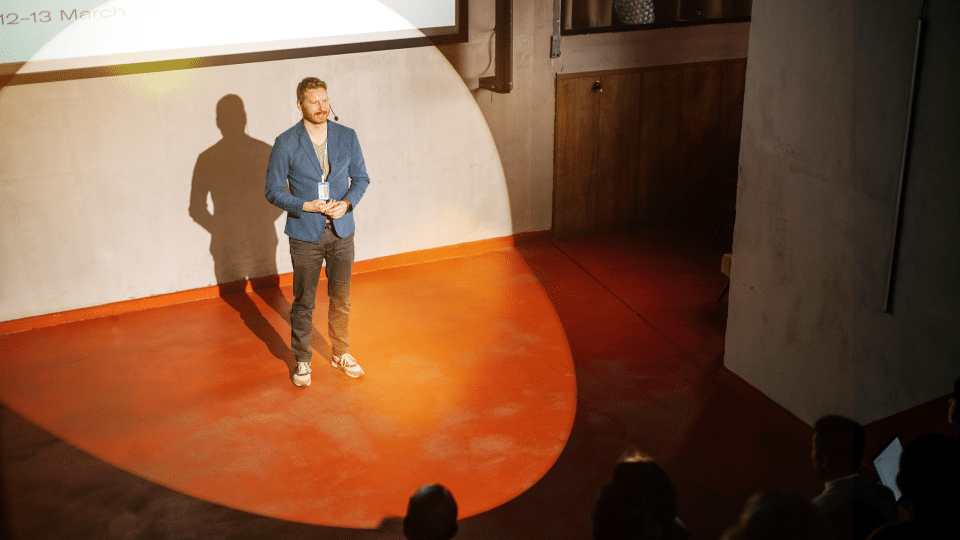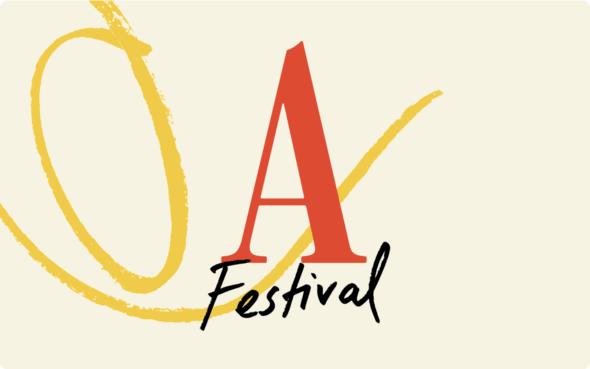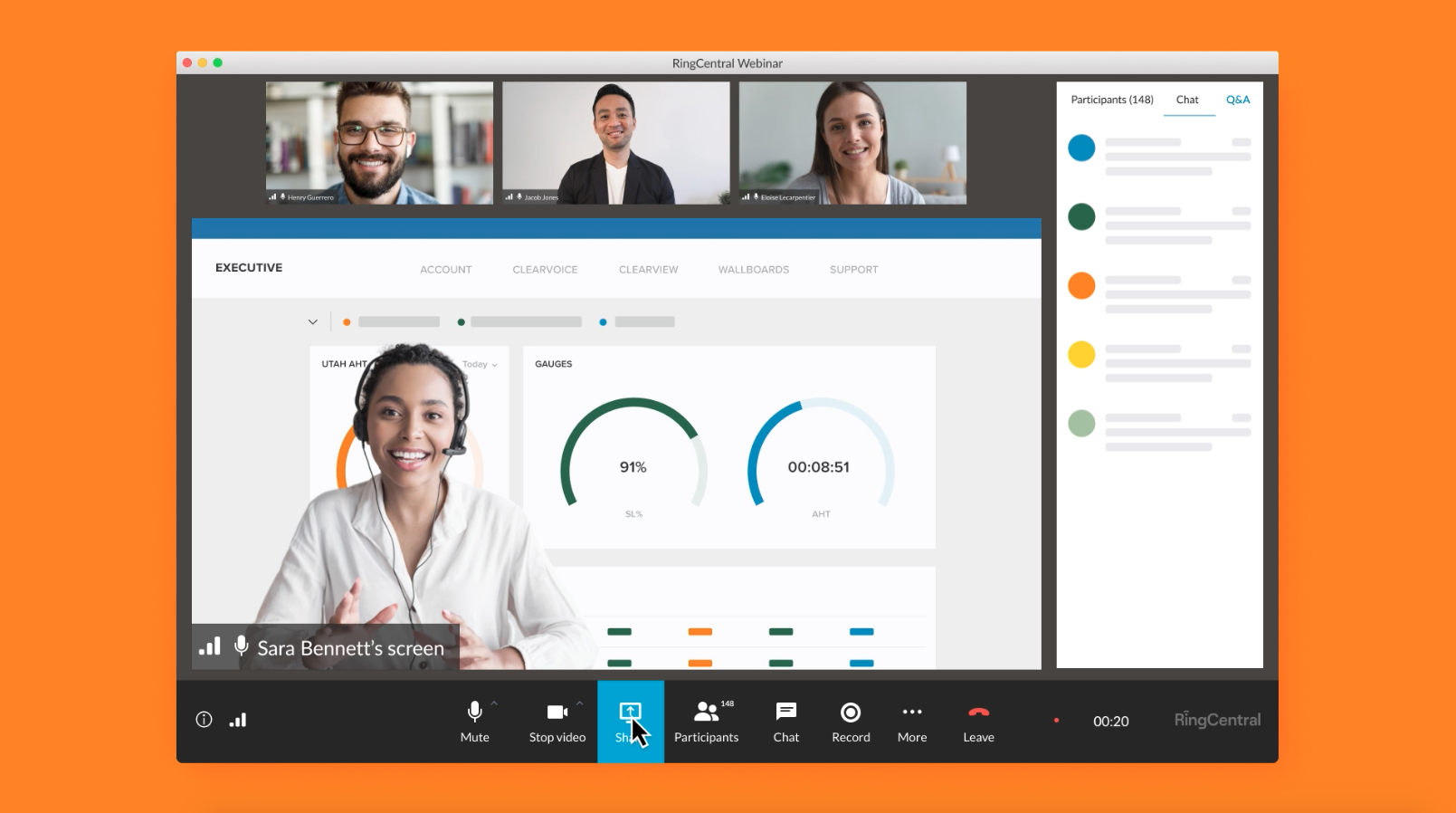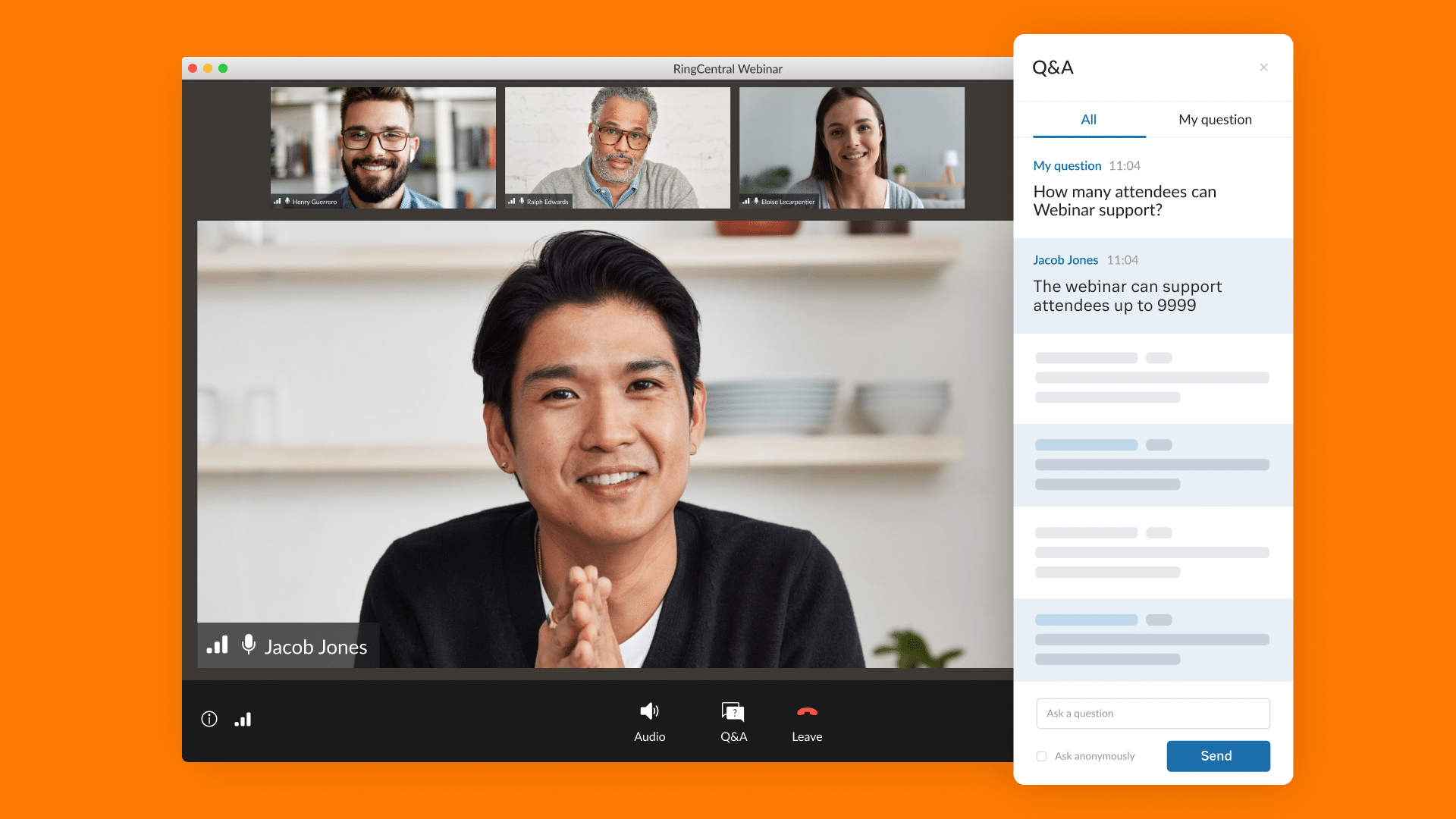Most marketers already know that content is king. But creating and managing that content is easier said than done.
Planning and producing great content can be time-consuming, expensive, and occasionally, frustrating. So, it’s no surprise that so many turn to events when looking for top-notch content to fuel their marketing machines: You have a captive audience, engaging speakers presenting their biggest ideas, and, likely, a bank of attendee-generated content being shared with the world.
The problem is that planning an event involves keeping track of a million things. So this sometimes results in awesome content sitting untouched long after the show is over — a goldmine left untapped.
Some think this content has a short shelf life, when, in fact, there are many ways for marketers to reuse event content in novel and exciting ways without even referencing the original source.
Enter content atomization. At its core, it’s the art of turning original content into something new. Read on to learn more about this approach and how you can apply it to your own bank of valuable event content.
A deep dive on content atomization
Content atomization comprises three methods:
- Repurposing: Taking an existing piece of content and extracting new content pieces that stretch across various formats. For example, you could pull an editorial article, social media post, and email copy from an existing video recording.
- Remixing: Combining pieces of existing content to create a new piece.
- Refreshing: Reviving decaying evergreen content with updated facts, figures, quotes, stories, and more to keep it relevant.
With atomization, you’re dipping back into the original source — the event — which already had investment put into branding, messaging, look and feel, high-quality recording, and more.
Using these methods allows you to drive consistent branding and messaging across all your marketing activities and channels. It also prevents content producers from starting from scratch with every piece of content.
These practices help keep your content on schedule, boost your inventory of just-in-case pieces that can be published in a pinch, and reinforce your expertise.
“As a marketer, atomizing helps create a consistent message across all your channels, efficiently increasing your content volume and positioning your brand as the authority on topics relevant to your business,” says Ronnie Higgins, director of content marketing at RingCentral Events.
For example, here at RingCentral Events, we published a guide on experiential marketing. From there, we extracted snippets of the content to reach our audience on TikTok. Atomization opens the door for your audience and invites them to engage with your brand in ways that work for them.
In fact, the article you’re reading now was atomized from an existing piece. Intrigued? See below for a thorough review of how the three methods of content atomization –– repurposing, remixing, and refreshing –– can unlock a whole new world of ways to use your event content.
Content method #1: Repurposing
With this tactic, you’ll take existing content and reshape it or extract from it to produce new content pieces for different channels and activities.
In an event setting, you likely tapped into compelling speakers and crafted an engaging experience. And your event platform saved everything it could along the way. Take advantage of that high-quality raw material, including:
- Polls
- Quizzes
- Roundtables
- Attendee generated social media content
- Chat snippets
- Q&A sessions
- Panel discussions
- Keynote addresses and other presentations
First, use those event recordings and content in their original glory. Consider attendees who want to repost what they saw and those who couldn’t make it. For the folks who missed out access to on-demand recordings is the next best thing.
Ideally, you’re using an event tech suite already set up for on-demand event recording so you can instantly reuse that content.
If so, those on-demand recordings can then lead to an extensive catalog of repurposed content that services your marketing programs, including:
- Twitter threads of takeaways and links to on-demand event recordings
- Interactive polls on Instagram Stories using statistics shared during the event
- Content for weekly or monthly newsletters sent to your database
- Insightful quote graphics to post on social media accounts
- Curated Instagram carousels of presenters’ slides
- TikTok content focused on presenter anecdotes
- Promotional content for your next event
- Post-event thank you emails
- Landing pages
- Email signature lines
- Company website copy
- Editorial guides and articles
Extracting editorial content from your event
While 73% of consumers prefer video when learning about a product or service, not everyone wants to digest information via audio or video. Some want to read all about it.
Editorial content is some of the most versatile and valuable content you can extract from your events. Not only do you stand to benefit from the resulting search engine optimization (SEO) value, you’ll also reinforce your brand’s thought leadership positioning by creating additional shareable content on priority topics.
To simplify the process of extracting editorial content from your event, use a transcription tool to turn audio tracks into text transcripts. This will save you time and allow you to quickly pinpoint quotes or other snippets of information you want to use.
Here are a few examples of editorial pieces you might extract from your event content:
- Articles are fairly straightforward content pieces to pull from existing event content. Consider new ways of presenting the information. For example, the article, 4 Pitfalls of Hybrid Events and How to Avoid Them was extracted from this webinar series.
- Guides offer deep dives into particular topics. They typically feature research-backed information, real-life examples, interviews with subject matter experts, supporting data points, and practical takeaways for the reader. Let’s say your speaker’s topic is the future of hybrid events. You can tap into their material and use their quotes to help create a guide on this topic. Take a look at this hybrid events guide for inspiration.
- Listicles are a type of article that catalogs information in a list format — anything from best practices to practical how-tos. If your event speaker is sharing tips on how they accomplished something in their career, your editorial listicle could be a curated list of top tips.
- One-sheeters are condensed articles highlighting all the key learning points in a quick-to-skim piece of content. They’re often useful for sales teams and reference sheets
- Templates are a great way to share practical content. You can develop templates your audience can customize. If your speaker happens to be sharing very practical content,consider asking them to share it with you so you can provide it as a takeaway piece to your audience. For example, folks can plug and play a debrief template or a budget template to make their lives easier.
Content method #2: Remixing
Remember, everything is a remix.
With that in mind, determine how you can take existing content pieces from your event and bring them together to create something completely new. This could be editorial pieces fused and adapted into a book, or a series of videos reedited into a sizzle reel.
You can also dream up memes, GIFs, coloring books, cartoons, word puzzles, and even things like podcasts from original content.
Let your event content inspire a podcast
Podcasts can be digestible remixes that showcase insights and takeaways from your event in a new way. Because of their hands-free delivery, they’re a top choice for folks on the go.
Review the following content from your events:
- Key quotes and soundbites
- Facts and figures revealed during the event
- Panel discussions
- Q&As
- Presentations that can inform a podcast on the topic at hand
Podcasts start a conversation around your event content, further establish your thought leadership on chosen topics, and give listeners an in-depth understanding of those topics. They also reach a wider audience, including people who couldn’t attend your event.
You don’t need a sound-mixing specialist on your team to get started on production. Instead, look for an agency or a freelancer specializing in podcast production.
Once you develop a podcast strategy, you can hand over relevant recordings and your episode briefs, then let the experts work their remixing magic.
- Rather cook up a podcast from scratch? Follow these tips.
Content method #3: Refreshing
Refreshing involves reviewing and updating existing content –– especially editorial ––to keep it relevant and as high as possible in organic search rankings. For instance, you might have a mind-blowing quote from one of your event sessions or a presenter might share a new statistic to add to an existing editorial piece.
You can continually update your content with fresh, relevant bits of information gathered from events.
Think about setting ongoing refreshing reminders throughout the year so you can consistently optimize your content. Or, if you prefer, update content when you notice a piece is dropping in search rankings.
Finally, find technology that supports high-quality event content
Make sure the technology being used for your event can support all the recording and engagement required to yield great content. This can make or break the quality of your event content.
With the right tech in place, professionals across your marketing organization can continually dip into your well of event content to repurpose, remix, and refresh as needed..
Note that you don’t always need to mention the content is from your event. Depending on the context in which the content is being used, you can position it in different ways.
Contact our team of event professionals to find out how you can use RingCentral Events to fuel your content marketing engine.
Originally published Sep 01, 2022, updated Oct 20, 2024





